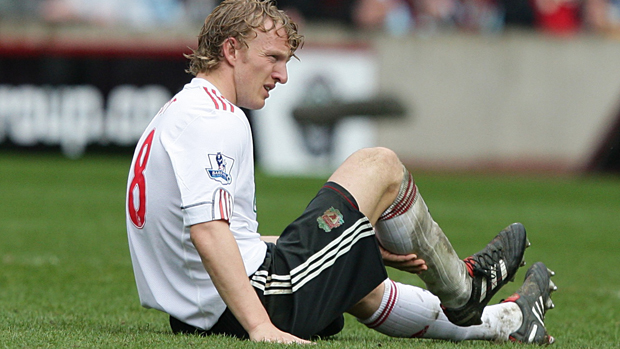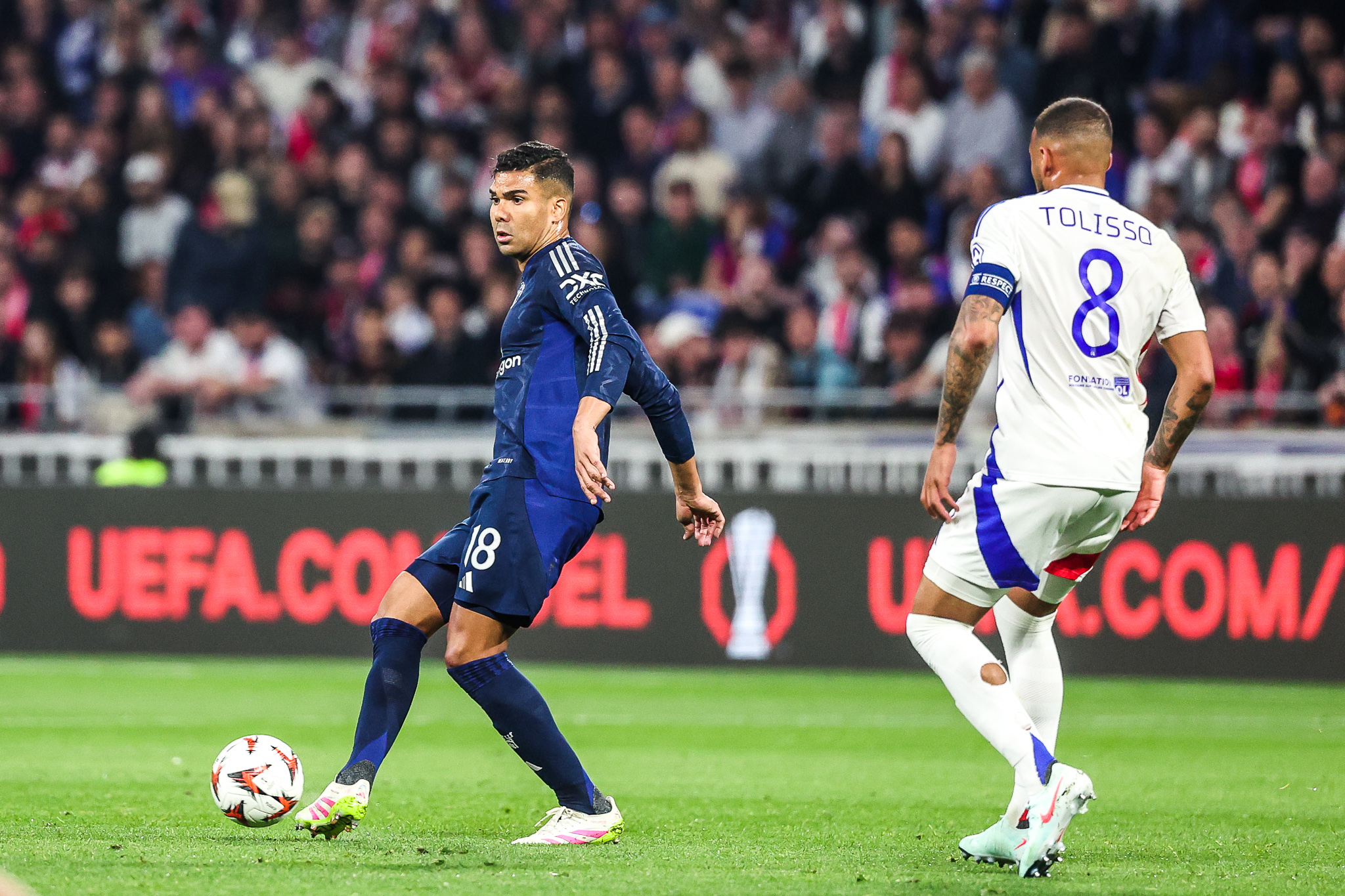Injury clinic: Calf strain
Diagnosing and treating those pesky common football injuries

Where’s the pain?
A sharp instant pain that occurs during landing, jumping or running normally indicates a calf strain. It occurs in the muscle on the back of the leg between the ankle and the knee. Often, as it is instantaneous, players feel they have been shot or kicked on the back of leg at the moment the strain occurs.
Here’s what’s going on
The calf muscle is vital during jumping, landing, pushing off and running. It’s made up of fibres that get stretched or torn when the muscle is strained. When the injury occurs it is initially very painful, but as they heal and repair, the pain will subside and go completely in the following days and weeks.
What you need to do
A small strain is called a grade one: this will take seven to 10 days to heal and repair before you can start playing again. A grade two, where there has been more damage to the muscle fibres, can take between two and eight weeks depending on how bad it is. A grade three, where there has been significant damage to the muscle fibres, can take over eight weeks or more.
Make sure it doesn’t happen again
Get FourFourTwo Newsletter
The best features, fun and footballing quizzes, straight to your inbox every week.
A thorough warm-up, including stretches, jogging and gentle football movements, should last for 15 to 25 minutes before a match. Away from the game, do regular calf stretches, heel raises (lifting yourself up and down on your toes), skipping and general lunging and squatting exercises to improve overall leg strength.
Advice and treatment provided by Bolton head physio Andy Mitchell
Also see:
Injury clinic: Thigh strain
